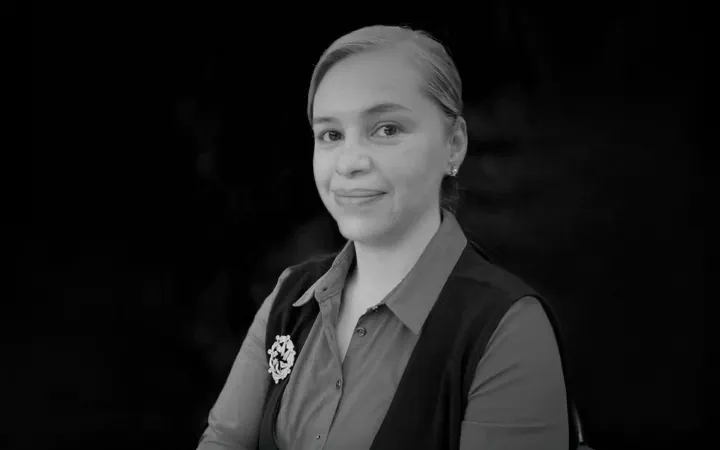Por Ana Cecilia Pérez
TikTok, una de las plataformas más utilizadas por adolescentes, se encuentra actualmente en el centro de varias demandas por su impacto en la salud mental de los jóvenes. Estas acciones legales, impulsadas por fiscales generales de 14 estados en EE.UU., argumentan que quienes manejan la plataforma saben y son conscientes del daño que está causando a los niños, pero no han tomado medidas suficientes para prevenirlo.
Los algoritmos de TikTok están diseñados para maximizar el tiempo que los adolescentes pasan en la aplicación promoviendo contenido que fomenta la comparación social, el acoso y los retos peligrosos, todo lo cual afecta gravemente su bienestar emocional.
TikTok sabe y reconoce el problema, ha sido objeto de investigaciones y estudios que señalan que la plataforma tiene efectos negativos sobre la salud mental de los adolescentes, especialmente en relación con la ansiedad, la depresión y la baja autoestima.
Los documentos internos filtrados muestran que la empresa está plenamente consciente de que su plataforma afecta el bienestar emocional de sus usuarios más jóvenes, principalmente por su diseño adictivo. Sin embargo, a pesar de esta conciencia, las acciones de la compañía no han sido suficientes para mitigar el daño.
¿Qué ha hecho TikTok? La empresa ha implementado algunas medidas en un intento por abordar el problema, como establecer límites de tiempo de pantalla para los usuarios más jóvenes y ofrecer controles parentales. También han afirmado que están mejorando las herramientas de seguridad para proteger a los menores, como la eliminación de cuentas sospechosas de ser utilizadas por niños menores de la edad permitida. TikTok asegura que sigue trabajando para crear un entorno más seguro para los adolescentes y mantiene que están comprometidos con la protección de este grupo vulnerable.
Lo que TikTok NO ha hecho. Sin embargo, estas medidas no han sido suficientes. Las críticas señalan que la plataforma sigue priorizando las ganancias sobre la seguridad de los adolescentes, con algoritmos que maximizan el tiempo de uso, exponiéndolos a contenido perjudicial. TikTok no ha implementado de manera efectiva soluciones robustas para detener la difusión de retos virales peligrosos o para limitar el impacto de los filtros de belleza, que afectan la autoestima de millones de adolescentes. Además, las notificaciones constantes, incluso a altas horas de la noche, interrumpen el descanso, lo que afecta directamente la salud mental de los jóvenes.
El principal problema radica en que TikTok crea un entorno digital donde los adolescentes están expuestos a una mezcla de presión social, contenido engañoso y retos peligrosos. Los adolescentes pasan horas desplazándose por contenido que a menudo promueve comparaciones irreales, desde la apariencia física hasta los estilos de vida, lo que genera inseguridad y disminuye la autoestima. Los retos virales no solo son peligrosos físicamente, sino que refuerzan comportamientos autodestructivos, como buscar aprobación a través de likes y visualizaciones.
La salud mental de los adolescentes está en juego, y plataformas como TikTok deben asumir una mayor responsabilidad en la protección de sus usuarios más jóvenes. Aunque TikTok ha dado algunos pasos, es evidente que son insuficientes para mitigar el daño. Para los padres, es crucial mantenerse informados y tomar medidas activas para proteger a sus hijos de los riesgos que representa el uso continuo e incontrolado de la plataforma.
Los padres debemos no minimizar su impacto y supervisar de cerca el uso de TikTok, establecer límites estrictos y promover conversaciones sobre los riesgos a los que se enfrentan los adolescentes en la plataforma. Las leyes y las medidas de protección digital deben ser más contundentes, pero en casa, los padres pueden ser la primera línea de defensa para proteger la salud mental de sus hijos.

Las opiniones expresadas son responsabilidad de sus autoras y son absolutamente independientes a la postura y línea editorial de Opinión 51.






Comments ()